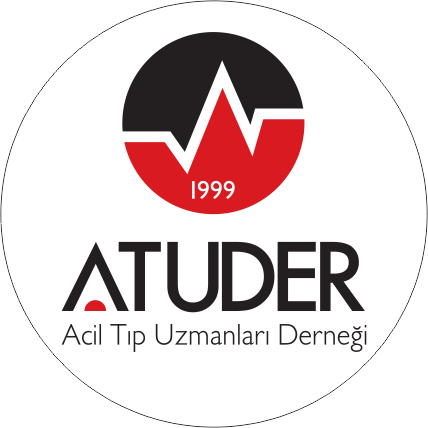In the realm of emergency medicine, every minute counts, particularly when it comes to managing acute conditions like ST-elevation myocardial infarction (STEMI). Rapid identification and early treatment of acute STEMI are critical in reducing morbidity and mortality. Early reperfusion has shown to improve overall outcomes in patients with STEMI (1).
Various guidelines and treatment strategies aim at decreasing the delays in all the steps. With measures and actions derived from implementation science, the median Door to balloon time declined from 94 to 64 minutes between 2005 and 2010 (2).
Nevertheless, Door to balloon time represents only a portion of the total ischemic time and multiple factors need to be addressed to decrease overall ischemic time, specially at centres not capable of primary percutaneous coronary intervention (PCI) facility (3-5).
The importance of swift decision-making in STEMI cases cannot be overstated. However, the delay in making crucial decisions regarding the transfer of STEMI patients to PCI-capable centres remains a persistent challenge in healthcare systems worldwide. One critical metric in this algorithm of management of STEMI cases is the door-in to door-out (DIDO) time, which refers to the duration between a patient’s arrival at the hospital and their departure for a primary PCI facility (3,6). This delay is often attributable to several factors, including the complexity of patient presentation, resource availability, and institutional protocols. Nevertheless, one of the most influential factors is the time it takes for physicians to recognize the urgency of the situation and initiate the transfer process. Physician decision time encompasses the period from initial patient evaluation to the decision to transfer for PCI or initiate thrombolytic therapy.
Physicians are the linchpins of STEMI management, responsible for promptly assessing patients and initiating appropriate treatment pathways. However, studies have shown that variations in individual physician practice, clinical judgment, and hesitancy in decision-making significantly contribute to DIDO time delays (7). Despite the existence of evidence-based guidelines and standardized protocols, discrepancies in physician decision time persist, highlighting the urgent need for targeted interventions.
Addressing this primary preventable cause demands a multifaceted approach that encompasses education, protocol adherence, interdisciplinary collaboration, technological innovation, and quality improvement initiatives.
Firstly, continuous medical education programs should prioritize STEMI recognition and management, equipping physicians with the knowledge and confidence to expedite decision-making. Training modules focusing on risk stratification, electrocardiogram interpretation, and the latest treatment algorithms can empower physicians to make timely and informed decisions (8).
Secondly, healthcare institutions must ensure strict adherence to standardized STEMI protocols, with clear pathways for patient evaluation, triage, and transfer (9). Implementing checklist-driven approaches and decision support tools can streamline the decision-making process and mitigate diagnostic uncertainty.
Thirdly, fostering a culture of interdisciplinary collaboration is paramount. Effective communication and coordination among emergency physicians, cardiologists, paramedics, and hospital administrators are essential for optimizing STEMI care (10). Regular interdisciplinary meetings and quality improvement initiatives can promote teamwork and accountability across healthcare teams.
Moreover, leveraging technology can expedite STEMI diagnosis and decision-making. Telemedicine platforms and mobile applications for remote consultation and electrocardiogram transmission offer invaluable support, particularly in underserved areas with limited access to specialist care.
Finally, healthcare systems should establish robust performance metrics for STEMI care and implement continuous quality improvement initiatives. By monitoring DIDO time and identifying areas for optimization, healthcare providers can drive ongoing improvements in STEMI management.
In conclusion, addressing the primary preventable cause of DIDO time delay in STEMI—physician decision time—requires a concerted effort from healthcare stakeholders at all levels. By prioritizing education, protocol adherence, collaboration, technological integration, and quality improvement, we can expedite STEMI care, improve patient outcomes, and ultimately save lives.



